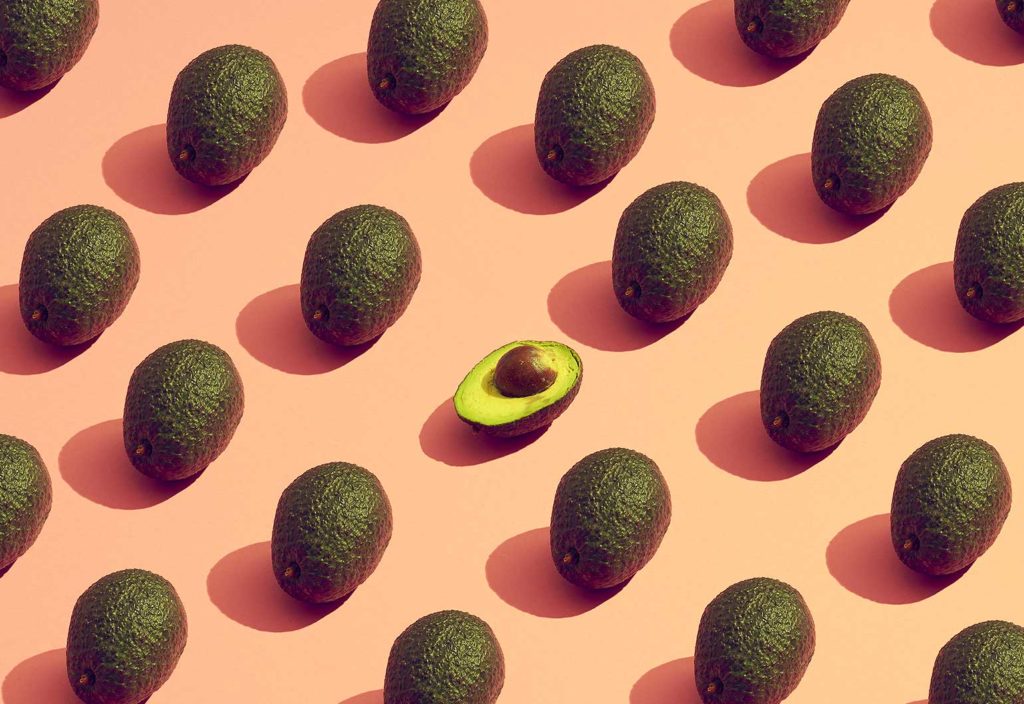Almost half of all fruit and vegetables produced in the world each year are wasted — but a group of university students have engineered a solution to try to change that.
Undergraduate students representing five engineering disciplines at Harvard’s John A. Paulson School of Engineering and Applied Sciences developed a multi-sensing device that can predict when fresh produce will ripen.
Focusing on avocados, they created a device that uses sensors to measure certain chemical properties of the fruit, before a machine learning algorithm predicts when it will be ready to eat.
“Ripeness prediction is really difficult for avocados, and because they are so valuable, it is really a critical point for retailers,” explained mechanical engineering student Juliet Nwagwu Ume-Ezeoke.
“We hope this information would allow retailers to take very decisive actions.”
If developed commercially, the project could have a massive impact. The World Hunger Education Service has found that there is enough food produced in the world to feed everyone, yet almost half of all fruit and vegetables produced each year are wasted and some 820 million people continue to go hungry.
An app developed as a part of the project also allows users to view batch statistics on avocados that were scanned together, which provides information on the average number of days until avocados in that group will be ripe.
The prototype, developed in collaboration with predictive food safety startup Savormetrics, resulted in 60 per cent of the estimates being accurate within one day, with an additional 30 per cent accurate within two days.
Engineering sciences student and project co-lead Mark Meneses said their mission was to use metrics to drive retailer action in reducing food loss and waste.
“In order to prevent produce from being discarded, what we need is metrics in order to know which produce are going to ripen faster,” he said.
Avocados on the global research menu
The Harvard technology could complement another breakthrough out of the United Kingdom, where researchers developed a mechanical test to ensure perfect avocado ripeness.
Engineers at Cranfield University adapted a technology from automotive factories that uses a laser and small vibration to test the uniformity of large engineered parts.
Laser Doppler vibrometry (LDV), which was first developed by a British loudspeaker company in 1979, beams a laser at the fruit to measure refracted light, while small vibrations test the resonant frequency of individual fruits without damaging them.
Research Fellow Dr. Sandra Landahl said that it could contribute to reducing waste of the fruits and potentially be applied to other foods.
“If developed, a simple ‘traffic light’ system could sort the fruit into those that are ripe, for discard or for storage, helping industry tackle food waste at this point in the supply chain,” she said.
Both developments will be welcome news for the Australian avocado industry, which grew 11 per cent to produce 85.5 tonnes last year according to Avocados Australia.
